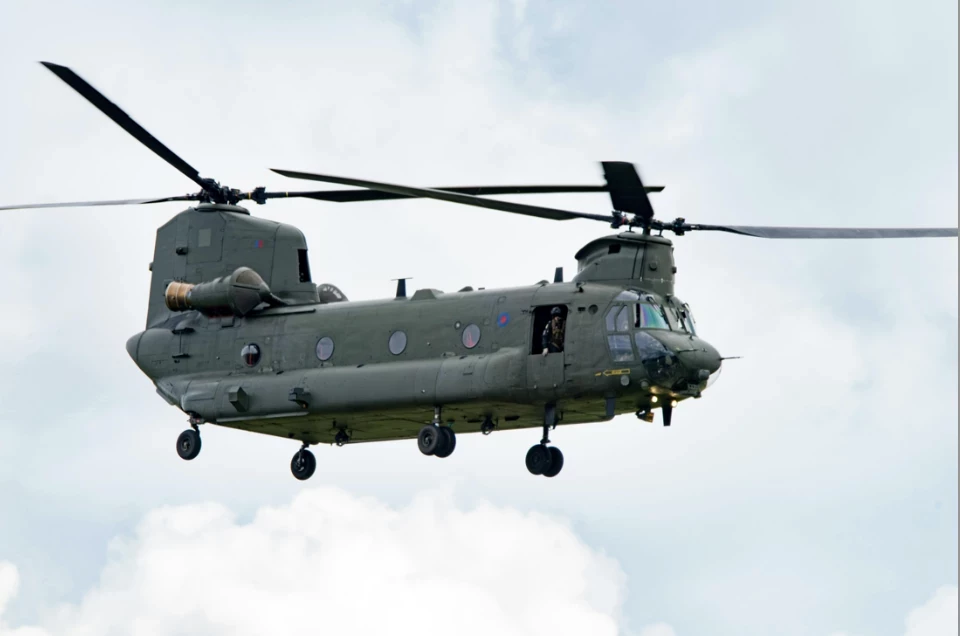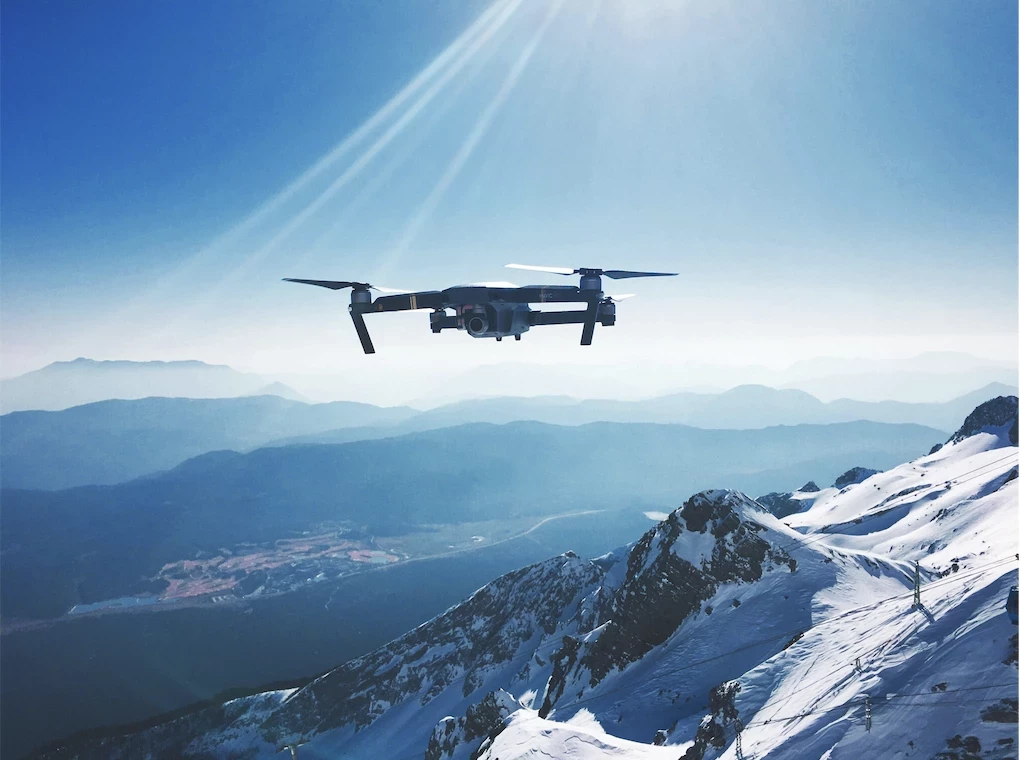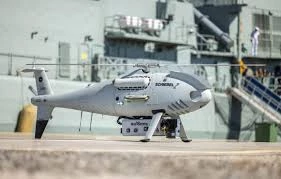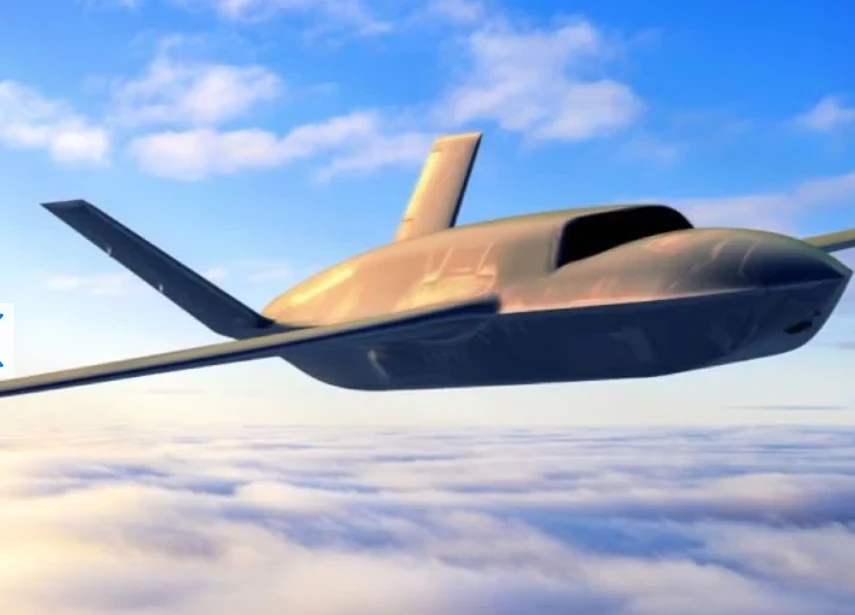BrahMos: Everything you need to know about the cruise missile system
Defence IQ talks to the JV’s General Manager and Marketing Director Praveen Pathak on BrahMos' current status and future plans.
Add bookmarkChasing the world’s fastest jet-launched cruise missile
Cruise missiles have gained a vital role in today’s conflicts due to their precision, speed and versatility. They have the ability to be launched from air, land, sea and subsea, which makes them vital assets for deterrence and open combat. Cruise missiles travel at high subsonic speeds, and targets are found via GPS, INS, optical correlation and terrain-comparing radar. There is a wide array of cruise missiles but the Indo-Russian ‘BrahMos’ stands out in terms of speed and weight. Defence IQ talks to the JV’s General Manager and Marketing Director Praveen Pathak on its current status and future plans.
RECOMMENDED: Hypersonic missiles: What are they and can they be stopped?
Defence IQ: As we look around events like MAKC, AERO-INDIA, NAVDEX [Abu Dhabi] or DIAS [Dubai], we notice these huge display mock-ups of the BrahMos missile – typically placed on a pedestal or under a fighter. Indeed, the BrahMos has strong presence and news coverage in Asia, but this isn’t the case in Europe. Please tell us about BrahMos’ latest developments and achievements.
P. Pathak: We can be proud of what has been achieved on our path towards Indian self-reliance. Soon, the world’s fastest cruise-missile (Mach-3) will be in service in all three branches of India’s forces. This will also mark the heaviest weapon of its type to be carried by a frontline jet, which is a huge achievement!
BRAHMOS BrahMos first drop and launch from a Su-30 MK I
Defence IQ: Typically, a weapon of eight metres in length and close to three tons in weight is typically carried by bombers like the B-1B or Tu-160. This makes the Sukhoi Su-30MK very unique as it is able to carry the BrahMos…
P. Pathak: Yes, this is only possible with a unique platform like the Indian Sukhois, itself a class of its own among the fighters. BrahMos is a huge achievement of Russian- Indian military and technical cooperation. These successful achievements from India’s DRDO.
Defence Research & Development Organisation] and Russia’s Mashinostroyenia have spread progress and innovation across facilities in both nations.
Defence IQ: After several years, tests and trials, can you tell us about the journey to where you currently are with the project?
P. Pathak: I’ll start with a brief history. The missile was jointly developed in the late 1990s and 2000s by the Research & Production Association of Machine-Building [in the town of Reutov near Moscow] and our DRDO, thanks to an agreement between the governments of Russia and India, signed on February 12, 1998.
BrahMos is a modification of Sovietera anti-ship missiles [Oniks, Yakont] developed by the Reutov Design Bureau in the late 1980s. The name derived from India’s Brahmaputra and Russia’s Moskva rivers. The first test launch was conducted on June 12, 2001, at the Chandipur range in Odisha, India, and subsequently, the missiles began production at enterprises in both countries.
Development of these cruise missiles is a natural progression for India, in seeking to develop various platforms for its military arsenal, either on its own or with a partner – but nevertheless, in India. BrahMos is technically a ramjetpowered supersonic cruise missile with a solid propellant booster that can be launched from land-based canisters, submarines, ships and now aircraft. It travels at speeds of Mach 2.8 to 3.0 but is being upgraded in the future to travel at speeds faster than Mach 5.0. for the hypersonic variant.
"BrahMos is technically a ramjet-powered supersonic cruise missile with a solid propellant booster"
RECOMMENDED: INF Treaty: How strong are Russia's long-range strike capabilities?
One of its special features is its ability to fly extremely close to the ground to avoid missile defence systems. In fact, during the terminal phase, the missile can fly as low as 10 metres to the ground. In the final phase, the missile relies on active radar seeker or inertial guidance.
Defence IQ: And this has been successfully validated?
P. Pasthak: Of course. BrahMos Aerospace products have successfully passed all applicable qualification tests; otherwise we would not have been able to begin delivering these assets to the Indian forces under serial production model.
Defence IQ: What can you tell us about the air-launched version of the missile?
P. Pathak: The air-launched version of BrahMos is critical, as it will substantially increase the operational range of the missile, and significantly increase the combat potential of our forces. The accuracy makes it especially useful in attacking military targets in urban areas where reduced collateral damage is a priority. Indeed, cruise missile technology has been developing alongside the rapid development of computer technology, positioning systems and propellant technology. As a result, India is able to field a system from the air, without the need for additional aircraft.
BRAHMOS Brahmos has been fired successfully from Indian submarines
Defence IQ: An Indian pilot in Bahrain stated that the latest developments have been particularly challenging and lengthy. Is that the experience you’ve had?
P. Pathak: He’s right! Integration efforts onto the flying platform were very complex involving mechanical, electrical and software modifications of the aircraft. The Indian Air Force [IAF] was involved in the development process, as software development of the aircraft was undertaken by the IAF engineers. HAL [state-run Hindustan Aircraft Ltd.] carried out the mechanical and electrical modifications on the aircraft.
In addition, the air-launched variant had to be made 500 kg lighter than the land/naval variants. One of the major challenges DRDO scientists had to overcome was the optimisation of transfer-alignment inertial sensors. Thankfully, the experience of the IAF flight test crew and the dedicated and synergetic efforts of the IAF, DRDO and HAL ensured that the integration was smooth. Altogether, it has proven India’s ability to undertake such complex integrations on its own.
"One of the major challenges DRDO scientists had to overcome was the optimisation of transferalignment inertial sensors"
Defence IQ: What tests were undertaken before serial production?
P. Pathak: Serial production has been ongoing for the Army and Navy for more than 10 years. Regarding the air variant of BrahMos, there are two important dates. In June 2016, two test-pilots of the ASTE [Aircraft and Systems Testing Establishment, a premier IAF, at Bengaluru] carried out the first flights and carriage-tests with a full weight test-vehicle of BrahMos on a Su-30MKI.
RECOMMENDED: How capable is the S-400 missile system?
And in November 2017, the IAF successfully fired the BrahMos-A in an anti-shipping configuration from the same frontline fighter aircraft, off the Eastern Coast in the Bay of Bengal. The launch was smooth; it fell for about 100 to 150 metres, ignited and followed the desired trajectory, before directly hitting the target ship. This only succeeded with dedicated support from the Indian Navy, by way of ensuring availability of the targets and a large number of monitoring ships to ensure data collection and range safety clearance.
Defence IQ: Excellent! Can you tell us about the accuracy of the 3-tonne missiles?
P. Pathak: Recently, a final phase steep dive test of the missile was conducted and it proved to have landed within a range of 10 metres of the targeted area, fired over a range of almost 300 km.
Defence IQ: Impressive! With regards to ranges, there was a report that BrahMos now benefits from India’s access to the 34-nation Missile Technology Control Regime. Is this the case?
P. Pathak: Yes. In June 2016 India was bound by restrictions that limited the range of the operational missile to less than 300km. We had already experimented with the range from 290km to 400km and then successfully first testfired a variant in March 2017. But, increasing the missile’s range from 400km to a further 800km is now possible after India’s induction into the MTCR. And that is being considered…
"The IAF wants two Squadrons of Su-30 MKIs to be modified to accommodate BrahMos, but HAL is proposing to build new aircraft"
Defence IQ: How many Sukhoi-30s would be able to deploy with BrahMos? Our estimate is that there are about 220, out of a total of 272 in operation. And these are standard airframes?
P. Pathak: Right, they should all be delivered by 2020 or 2021. More may be added and this is currently under discussion. The IAF wants two Squadrons of Su-30 MKIs to be modified to accommodate BrahMos, but HAL is proposing to build new aircraft as there are structural modifications to carry out between the engine-tunnels for this special requirement. That would keep the production line at Nasik alive for at least four more years.
Defence IQ: What about the prospects of exporting BrahMos?
P. Pathak: There is great interest from abroad in BrahMos – and there are regulations already in place. A principle agreement has been reached on the potential export to third nations, back in 2016. Potential users may include the Philippines, South Korea, Algeria, Greece, Malaysia, Thailand, Egypt, Singapore, Venezuela, the UAE, Chile, South Africa and Vietnam. Delegations from these nations have shown serious interest. But of course, every possible deal would have to be decently proven and processed along the guidelines in place in the JV.
BRAHMOS A Brahmos missile on a HAL Tejas fighter
Defence IQ: Interesting! What can you tell us about the current versions employed by the Army and Navy?
P. Pathak: Currently, the Army is equipped with three regiments of Block-III BrahMos, with two fully operational. Last year there was a successful test-firing from a test range at Chandipur along the Odisha coast, to validate some new features like an indigenous Indian seeker. It was to conduct and validate life extension technologies, developed for the first time in India. Our Minister of Defence, Nirmala Sitharaman, congratulated the DRDO scientists for the successful launch with new technology.
RECOMMENDED: The future of artillery and long range missile systems: Industry outlook
This will result in huge savings in replacement missiles already in the inventory of Indian Forces. Regarding the Navy, induction of the first version of the missile system in the Indian Navy began on [destroyer] INS Rajput, back in in 2005. After two successful test trials from INS Kolkata in June 2014 and February 2015 and a test firing from INS Kochi in September 2015, the newly commissioned ship’s systems were validated.
Additionally, we’re starting to see good results incorporating BrahMos into submarines with the first firings from a submerged platform having already taken place.
Defence IQ: The two surface ships you mentioned – are they carrying BrahMos in launchers or vertically?
P. Pathak: In both, actually. There are older vessels that carry them in side-launchers [INS Ranvir D54, a ‘Kashin’ Class Destroyer Project 61ME], but some have been fitted with a module of the ‘Universal Vertical Launcher’, which is very state-of-the-art. Last October, the Cabinet Committee on Security [through which all Indian defence procurement has to be approved by Prime Minister N. Modi], has cleared the procurement of four Krivak-class frigates from Russia. These will be BrahMos-armed in vertical launchers, two to be built in a Russian shipyard [at Yantar in Kaliningrad], and the other two in India [Goa Shipyard Ltd.].
Defence IQ: And what about the future? At AERO-INDIA there was a blue NG [Next Generation] version shown, under the much smaller LCA [light combat aircraft] Tejas fighter. Is that likely to appear soon?
P. Pathak: Quite a lot of planning is ongoing right now. BrahMos- Aerospace is actually working on several future versions, which shouldn’t be confused. A smaller version of the missile, termed Mini BrahMos, will be half the weight of the present missile but with more speed.
This is part of independent research by the company to explore if a missile with smaller size can be as effective. Then there is – or will come – BrahMos NG , the latest development that will be launched from submarine torpedo-tubes, and the NG-A, launching also from the Su-30MKI as well as from the LCA Tejas and MiG-29s. A big difference is that, on the Sukhoi, up to five BrahMos-NG missiles could be carried, with two missiles on each wing and one under the fuselage. The MiG-29 and the LCA would carry two. The digitized NG means it comes with a digital fuel injection system that will increase thrust, unlike the current versions that have a mechanical fuel injection system. It also will be even faster, up to Mach 3.5.
Defence IQ: So it will be smaller, but will retain the same range?
P. Pathak: Yes. BrahMos-NG will have same 290 km range, but it will weigh around 1.5 tons and be 5 meters in length and 50 cm in diameter, making it 50% lighter and three meters shorter than its predecessor. However, having a smaller radar cross-section makes it super fast and harder to detect by anti-missile systems.
Defence IQ: Which means it can use smaller platforms and lighter vehicles?
P. Pathak: The land variant of the NG missile will be hosted on 8x8 launch vehicles, unlike the older version which used 12x12 launch vehicles. We had earlier designed it for the Navy, but this time it could also develop into an air-to-air version, against slow manoeuvring force multipliers, deep within enemy territory.
Defence IQ: Could it serve as an air-to-air AWACS killer even after being fired from the Indian side of the border? Similarly, one supposes it could target enemy refuelling aircraft or transports…
P. Pathak: That is within the scope of the system and the engineers are quoting it as quite possible.
Defence IQ: What is the current timeframe projected?
P. Pathak: A first test firing of the sleeker, lighter NG version could take place within two years, with feasibility studies showing the way forward to integrate it onto the LCA. They have found what modifications need to be done to the LCA’s wing to carry the NG, as well as some changes to the missile.
RECOMMENDED: How the APKWS is improving the Hydra-70: BAE Systems interview
Full integration, which we think can be expected within four years, will also boost the export potential of the fighter jet, as it would resemble a potent indigenous weapon system that can take down land targets or ships at a distance of almost 300 km.
"Research and development are already on their path to developing the hypersonic variant, called BrahMos II"
Defence IQ: And what about the hypersonic capability?
P. Pathak: Research and development are already on their path to developing the hypersonic variant, called BrahMos II. It is projected to double the speed of the current BrahMos, potentially up to Mach 7.
Defence IQ: And that will also be named the ‘BrahMos ER’?
P. Pathak: The abbreviation ‘ER’ refers to the extended-range version up to 800 km, but not the hypersonic BrahMos-II, which goes even further. We calculate that an 800 km version might be ready for testing by end of this year.




























